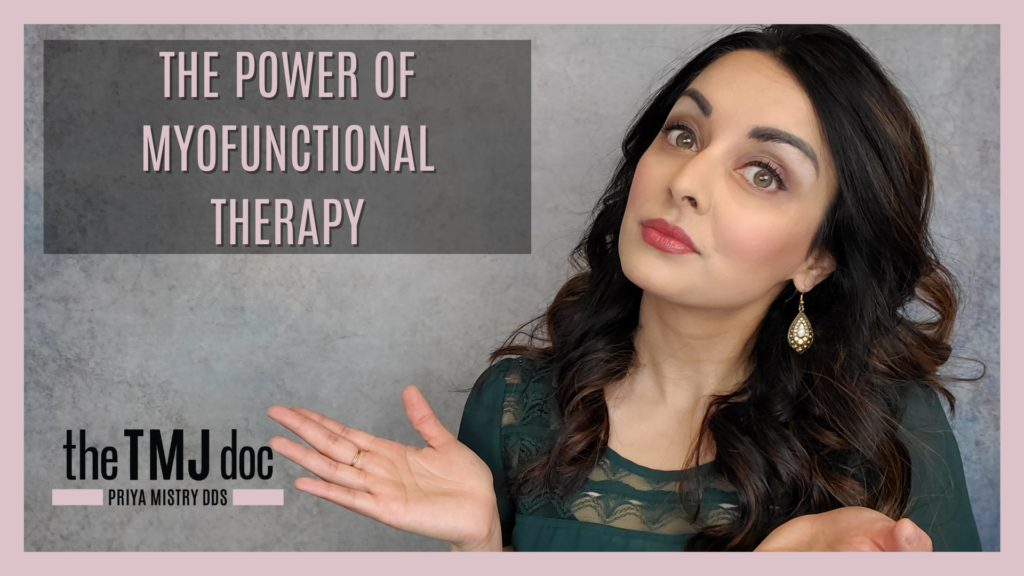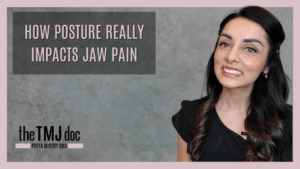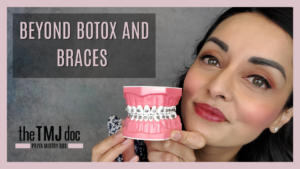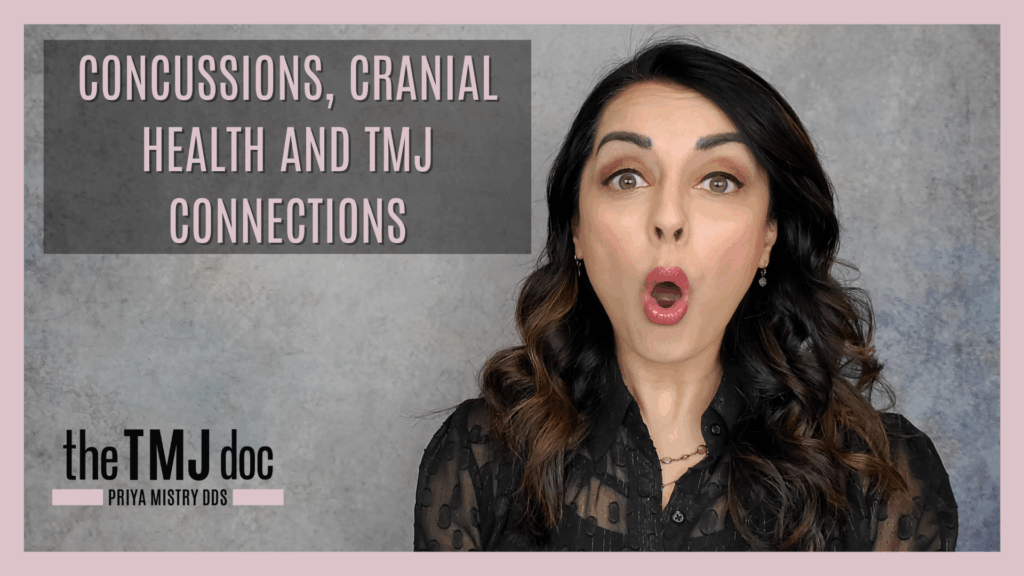In this episode, Dr. Priya explores the powerful benefits of myofunctional therapy, a treatment designed to improve tongue placement, speech, chewing, and swallowing. Dr. Mistry breaks down the key components of myofunctional therapy, which includes establishing nasal breathing, achieving a proper lip seal, maintaining the correct tongue resting position, and ensuring proper swallowing patterns—all of which are essential for both oral health and overall well-being.
Addressing Common Misconceptions
A significant hurdle for myofunctional therapy is the common misconception that it is ineffective or lacks scientific backing. Dr. Priya and her guest discuss how this misunderstanding often stems from a lack of awareness of how myofunctional therapy works and its positive impacts. Interestingly, research that was initially aimed at disproving the therapy has ended up supporting its effectiveness, validating its role in improving breathing, reducing snoring, and enhancing oral health.
The Importance of Tongue and Oral Posture
Proper tongue positioning plays a crucial role in breathing and overall health. Dr. Priya explains how a well-positioned tongue promotes nasal breathing, which helps filter allergens and regulate hormones through nasal nitric oxide. In contrast, a low tongue posture often results in mouth breathing, bypassing these benefits. Through myofunctional therapy, patients strengthen the tongue and retrain it to rest in an optimal position, improving both breathing and oral function.
Myofunctional Therapy for Children: Early Intervention is Key
For children, early intervention with myofunctional therapy can have long-lasting benefits. Priya highlights how addressing issues like mouth breathing, snoring, and teeth grinding early on can prevent more severe health problems later in life. She compares the benefits of early therapy to compounding interest, where small adjustments made today can result in greater improvements over time.
Benefits for Adults: Improving Sleep and Reducing Fatigue
Adults can also experience significant improvements through myofunctional therapy. Dr. Priya discusses how strengthening the tongue and retraining oral posture can help improve sleep quality, reduce tiredness, and alleviate symptoms of upper airway restriction. For some individuals, proper tongue positioning can even help reduce sleep apnea symptoms, offering a non-invasive way to improve sleep health.
Integration with Tongue-Tie Release (Frenectomy)
Lastly, Dr. Priya explores the integration of myofunctional therapy with tongue-tie release procedures, such as a frenectomy. A tongue-tie can limit tongue mobility, affecting speech, swallowing, and breathing. While a frenectomy can release this restriction, myofunctional therapy is essential to strengthen the tongue and retrain it to function properly. Pre- and post-operative therapy ensures optimal results, preventing reattachment and maximizing the benefits of the release.
If you’re struggling with issues like mouth breathing, snoring, or sleep apnea, myofunctional therapy may be the solution you’ve been looking for. Tune in to this episode to learn how this holistic therapy can transform your oral health and improve your overall well-being!







